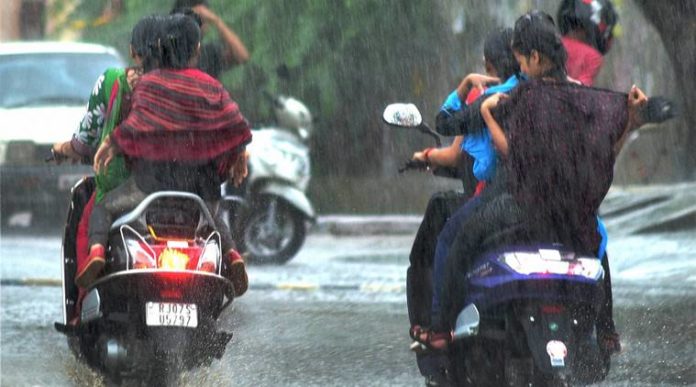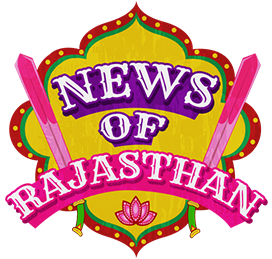
The weather reports suggest that the southwest monsoon has further advanced into major parts of the desert state. This Sunday, the weather department predicted heavy rainfall in the remote regions of Rajasthan for the next 24 hours.
15 out of 33 districts in Rajasthan have received an abnormal rainfall. The remaining 9 districts have received excess rainfall. Three districts have received low rainfall whereas six districts have received low to normal rainfall. None of the districts have received scanty rainfall this month.
Till Sunday, the weather reports suggested average rainfall in all the major districts of Rajasthan including Mount Abu. The only hill station in Rajasthan, Mount Abu, has received average rainfall of 57.6 mm until Sunday morning. Other districts recorded a moderate rainfall in last 24 hours:
- Jodhpur: 16.2 mm
- Alwar: 12 mm
- Sikar: 24 mm
- Jalore: 8 mm
- Churu: 4 mm
- Barmer: 1 mm
- Dabok: 5.4 mm and
- Ajmer: 0.5 mm.
Last year, the weather department noted ‘normal’ rainfall during the monsoon period. The average annual rainfall recorded between June 1 and September 30, 2016 was around 530.08 mm. The ‘normal’ rainfall recorded on July 1 and July 2 was 95.07 mm, which is 52.6% higher than the average (62.29 mm).
The impact of this rainfall could be seen on the water-level in the dams. There are total 831 dams in Rajasthan, out of which, 595 dams are empty. One dam is filled up to the brim whereas 231 dams are partially filled. The water level in these dams has increased after the monsoons.
The total water capacity of 831 dams is recorded as 12,993.25 million cubic meters (MCuM). The amount of water available in the dams, as of now, is 34.63% of the total capacity that is 4462.06 MCuM. Until last week, the water level in the dams was recorded as 30.57%. As the southwest monsoon advanced further, the dams were filled with 12.47 MCuM water—positive sign for the public.







